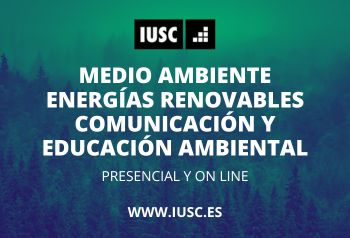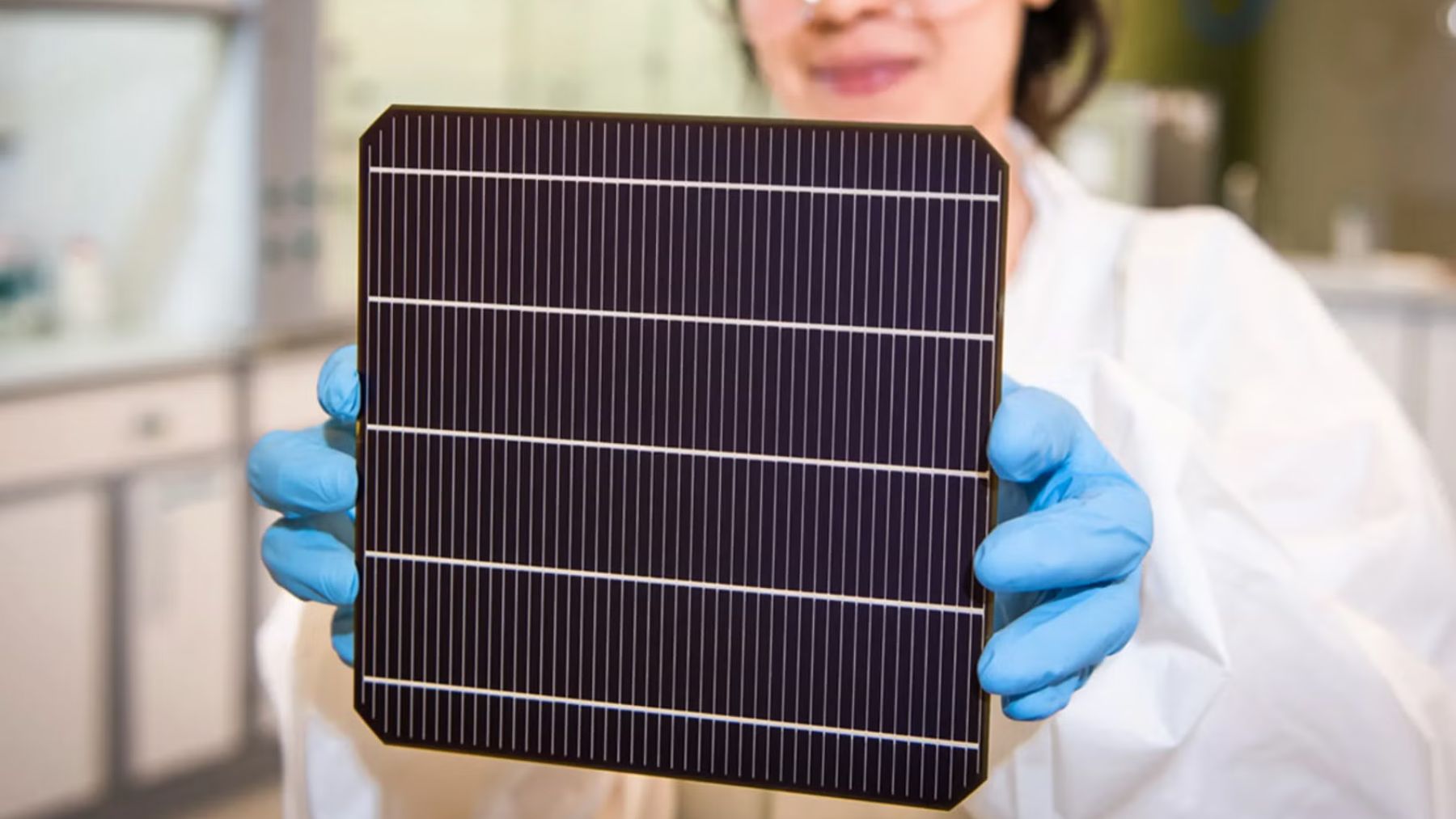Spain breaks a new record with one solar energy panel never seen it with new components. It has achieved an efficiency of up to 60%. If the first invisible solar panel has caught your attention, you can’t miss the next step. It should be noted that the efficiency of the photovoltaic (PV) cells that make up a solar panel is calculated based on the sunlight energy that the semiconductors convert into electricity.
We are faced with one efficient solar panel when the device can generate more electricity while taking up less space. The different manufacturers on the market classify solar panels according to their efficiency, which is usually between 15 and 20% of the conversion of solar energy into usable electricity (values recorded on the website of Enel).
There are several factors that influence the efficiency of solar panels, in addition to the rating imposed by manufacturers: the amount of light reflected from the surface of the cell, the intensity of the sun, the amount of clouds and the accumulation of clouds, among others.

Spain breaks records with a revolutionary solar panel: it delivers an efficiency of 60%
A group of researchers from the Complutense University of Madrid they developed the first solar cell to use gallium titanium phosphide and could achieve an efficiency of 60% for the first time in history. The team worked for fifteen years on building the first solar cell Gap and youbut their efforts could mean significant change in the solar industry.
Now they can proudly say they have the first solar cell with an intermediate band (IB) using gallium phosphide (GaP) and titanium (Ti)which could achieve an energy conversion efficiency of 60%. Solar cells have been used for decades to convert sunlight into electricity. Most of these cells are based on silicon, a material with certain limitations in the amount of light it can convert into electrical current.

This is because not all wavelengths of sunlight are captured by the silicon cells. A process that results in a significant part of the solar energy being dissipated as heat. The theoretical maximum energy conversion limit of a solar cell, known as the limit of Shockley-Queisser (SQ)is directly related to the material used in its manufacture.
For silicon solar cells, the SQ limit is 33.7%, meaning that under the best conditions these cells do not have the capacity to take advantage of the 66.3% of sunlight they receive. This inefficiency has encouraged the search for new materials that will allow us to overcome this limit and improve energy generation.
Spain breaks records with this 60% efficient solar panel
According to the transmission and reflection tests carried out, the research team’s solar cell showed significantly improved light absorption, a characteristic that would explain its high theoretical energy conversion potential: about 60%. Despite these theoretical advances, the actual efficiency of the panel in its current state is still low and much work remains to be done before it can be applied commercially.
Researchers are already working to improve solar cell design, especially the way titanium is incorporated into the structure. The aim is to produce a prototype that reflects greater efficiency in practical conditions, thus paving the way for future applications in solar energy generation.
The team’s next goal is to realize a fully functional prototype that can overcome current efficiency limitations. In this way, Spain expects to break a new record with a panel with an efficiency of 60%. An invention that represents a before and after for the industry, just like the most futuristic solar panel in history.

